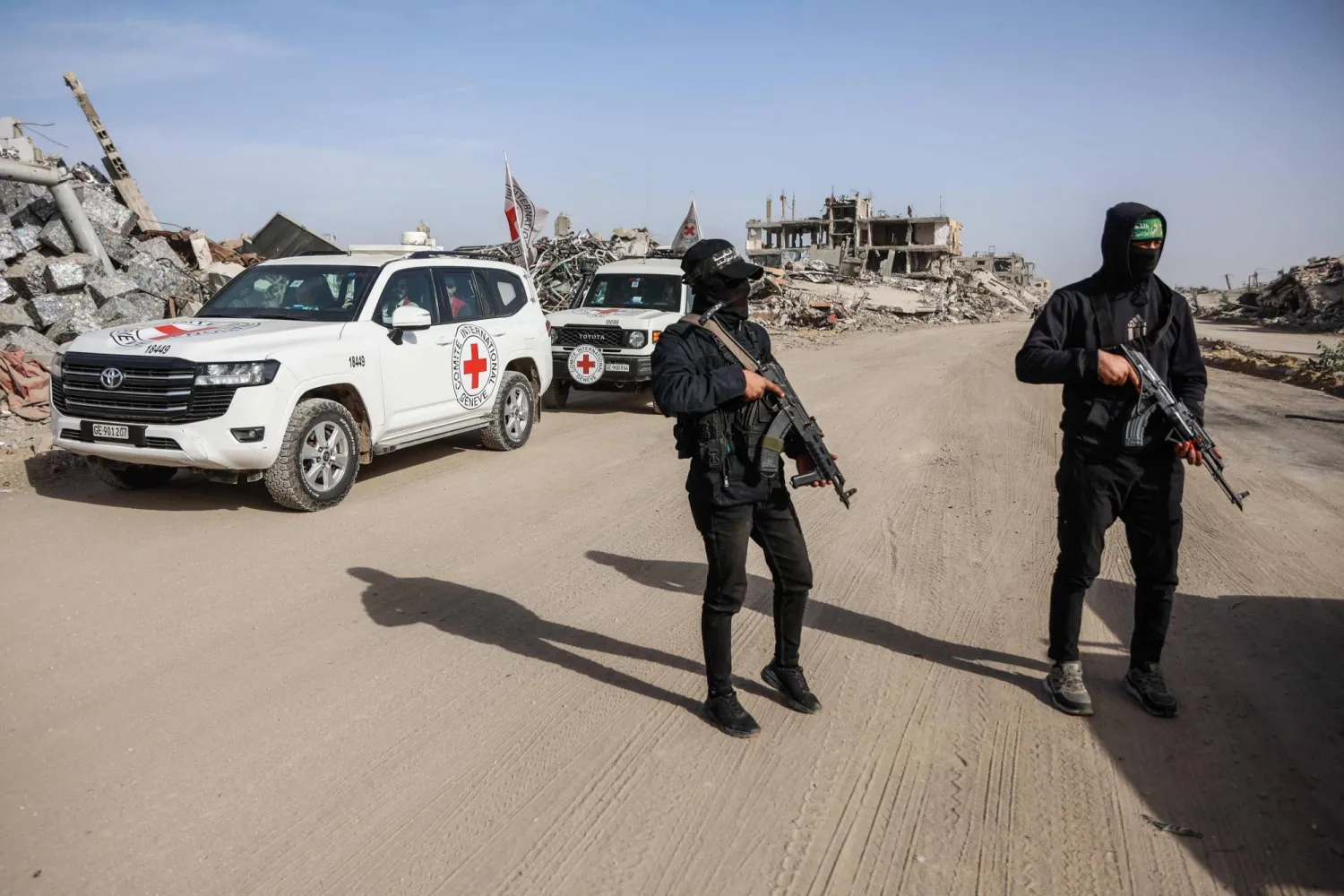The United Nations has added three leading Houthi insurgents to its list of people sanctioned in Yemen, the British mission to the world body said Wednesday.
The sanctions were imposed following persistent Houthi cross-border attacks into Saudi Arabia which have killed and wounded civilians, and the ongoing Houthi offensive on Marib.
As part of the offensive, the Houthi militias are seeking to cut off access to humanitarian aid and are making widespread use of child soldiers, the British mission said in a statement.
The newly sanctioned are Muhammad Abd Al-Karim Al-Ghamari, who is leading the offensive; Yusuf Al-Madani, a Houthi forces leader; and Saleh Mesfer Saleh Al Shaer, an assistant defense minister who assisted in acquiring smuggled arms and weapons in violation of international humanitarian law.
The sanctions will freeze their financial assets and impose travel bans.









